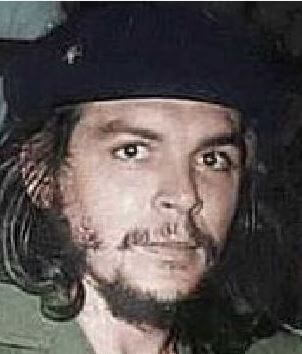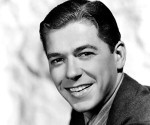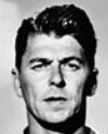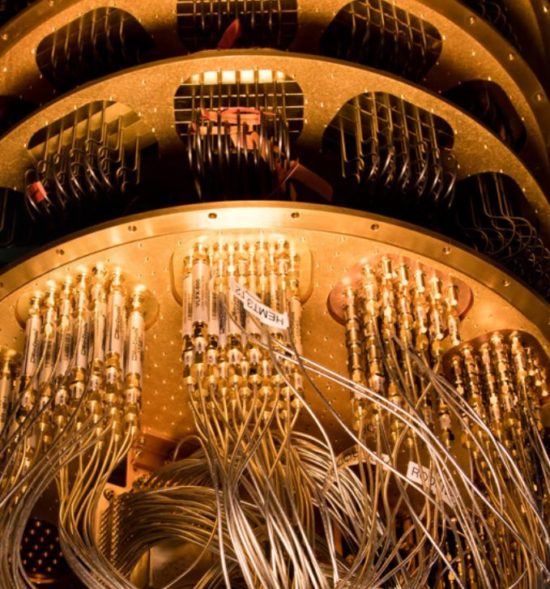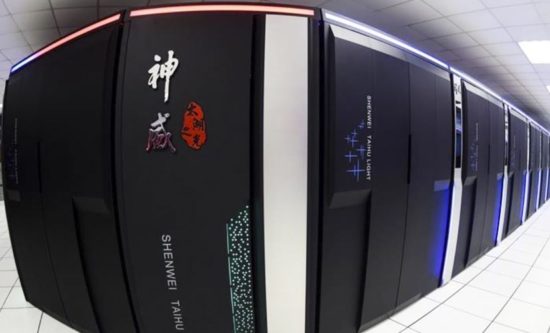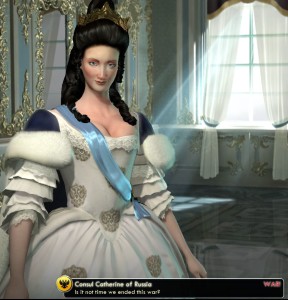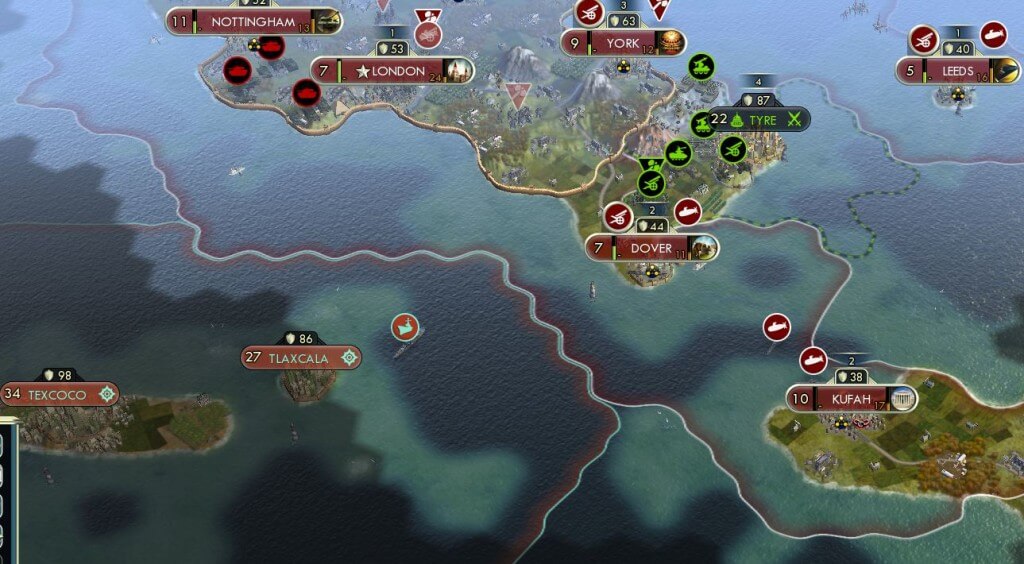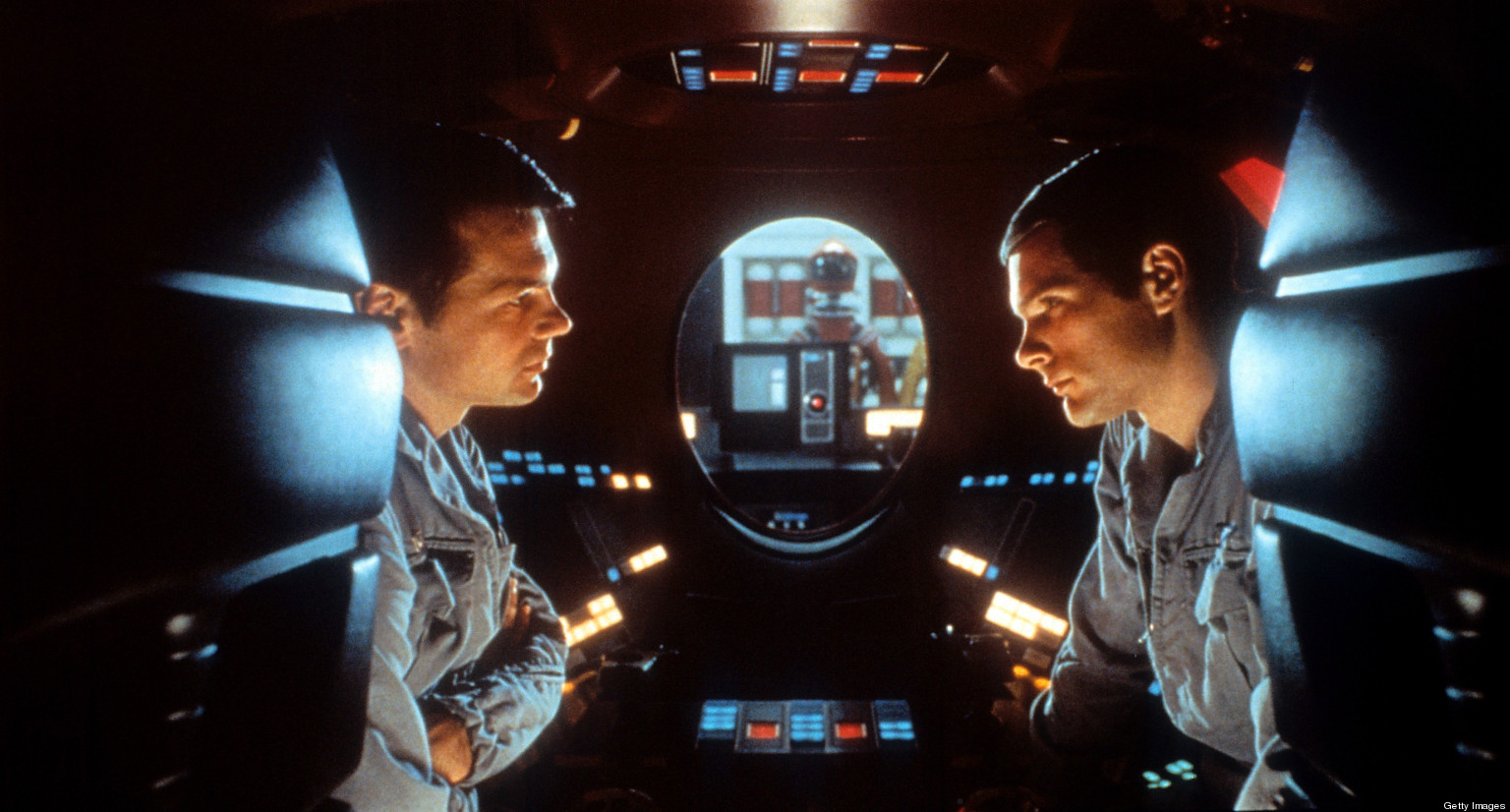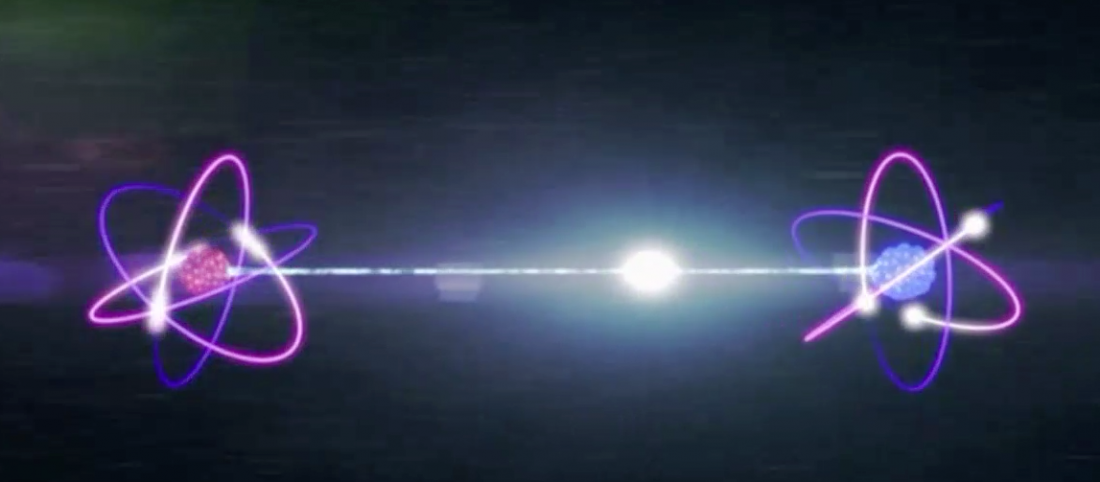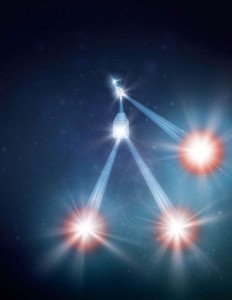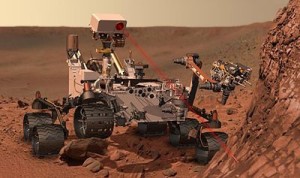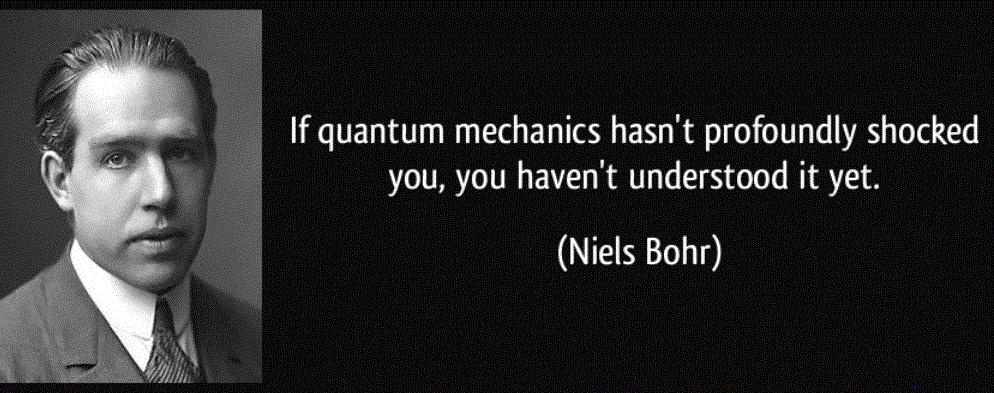Che Guevara and Fidel Castro, more than any other two people, were responsible for throwing the Mafia out of Cuba in 1959. White (i.e.non-black) gangsters ran Cuba, some may recall. Watch the second Godfather movie, anyone who doesn’t believe it.
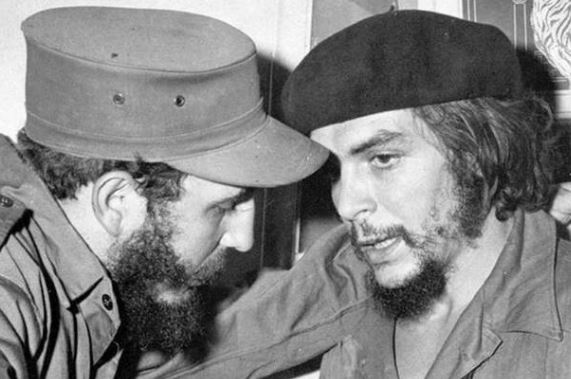
Race relations were terrible. One-third of Cuba’s six-million people were non-white, poor, and disenfranchised. Beaches were whites-only. Restaurants, clubs, casinos, hotels, and other businesses were off-limits to black families.
Castro racially integrated the Revolution by asking blacks to play prominent roles, which some did — like the military commanders Juan Almeida Bosque and Calixto Garcia. Non-whites made up one-half of the volunteer-soldiers in the Revolutionary Army. Cuba became the first predominately non-black country in the Western Hemisphere to include black people in leadership.

In the United States, the civil-rights movement lagged Cuba’s by many years. It was five years after the Cuban Revolution before black Americans got legislation to guarantee their right to move freely in public spaces and to vote. Some think our elites pushed the USA toward racial-integration to undercut propaganda advantages the issue provided the new Cuban government within the international community.
The move toward integration in the USA stalled after James Earl Ray assassinated Martin Luther King on April 4, 1968. One hundred and twenty-five cities erupted into racial violence during that summer. Today, 47 years later, large swaths of the United States of America remain largely segregated. Florida is the most egregious example. Florida owns the distinction for being home to the largest number of white Cuban refugees. It also protects the largest number of racially gated communities in the USA.
But Che had a different attitude than the present-day leaders of the state of Florida. According to historian Jon Lee Anderson, Che Guevara surrounded himself with peasants and black people. He embraced racial, social and intellectual diversity and never let go of this fundamental principle of equality, which undergirded the Cuban Revolution.
Che Guevara, the Cuban doctor-poet, is the one person besides Fidel Castro whose leadership made the Cuban victory possible. An argument can be made — were it not for Che, the Mafia would still run things in Cuba and be stronger internationally than it is now.
It’s possible that without Che and the Cuban Revolution, our elites would not have felt the same urgency to address the problem of racial segregation in the USA, and we would be even more divided today than we still are. It’s possible that the feudal-system in the Americas practiced during the past century would have remained in place.
Anyway, the Cuban Revolution succeeded and the rest, as they say, is history.


Who was Che Guevara? Most Americans have no clue because they don’t read about Che, and television doesn’t do shows about him.
People point out that Che is better known and understood outside the United States. The reason is this: Che thought that the answer to why the people of Cuba, the Caribbean, Central America, and South America were destitute was because powerful people — many of them, citizens of the USA — impoverished poor people on purpose to enrich themselves. It was a simple idea, unacceptable to our elites.
Greed is an easy concept to understand and compelling to anyone who thinks about it for very long. It’s an idea our leaders don’t want ordinary people in the USA to think about too much. The memory of Che Guevara will never be celebrated inside the United States as it is in some other places in the world. In fact, our media has successfully trained most people to forget all about him.
Billionaires, like some members of the Kennedy family, sensed that Che was right (and said so), but they also knew from the inside what it took to create wealth. They understood both the technical and political sides of wealth-creation. Generating and accumulating vast wealth is a complicated, fragile, and sacred process, apparently.
Revolution, they were sure, would screw things up big time.
It took energy, planning and cunning to protect fortunes from governments, but it could be done because governments can be bought for a price. On the other hand, it seemed to the wealthy that protecting their empires from communists, if they ever took over, might be impossible.
Communists believed wealth should be created cooperatively and then shared. It was a point of view opposite to that of our elites who believed wealth was best created by individuals motivated by profit. Riches were to be accumulated to purchase privileges, advantages, and the material pleasures of life for individuals, not society as a whole.

The hatred some rich-folks felt for men and women who thought like Che Guevara was visceral. Ted Kennedy described in his book True Compass how his dad Joseph P. Kennedy, Sr. — who made his fortune in movies, then liquor imports — hated communists with a passion that seemed at times unreasonable bordering on insane.
Many wealthy individuals feared that someone who possessed the trustworthiness of a doctor — a physician, for example, who had healthy hair, white teeth and the sparkle of truth in his eyes — might persuade ignorant people to believe pretty much anything.
Che Guevara was that kind of person — a gorgeous communist who believed that any economic system that prevailed because rich people dominated and hurt poor people was an abomination; an evil, which led to a kind of hell-on-earth for just-plain-folks.
Che was dangerous, they decided; truly dangerous.

It’s probably correct to suggest that folks in the USA know very little about Ernesto Guevara Lynch de la Serna because no one in leadership wants to feed Americans information about Che that can be easily understood and digested. Our billionaires would rather we forget all about Ernesto Guevara. I get that.
But a lot of time has passed. Yes, some old people are still left who knew Che. But most who knew him are now dead. Che has passed into the lore of ancient history, he really has.
The United States and Cuba established full diplomatic relations on July 1, 2015. The war between them and us is over. Yes, there are the details of making peace, like the embargo, yet to be unwound. But the war is over, it really is.
Are there hard feelings about how things turned out? Yes, of course there are; on both sides. Some wounds may never heal. War is like that. It’s cruel.
It’s sad that so many got hurt on both sides. But it’s time, we all know it, to allow ourselves to understand better this historical figure, this man, Che Guevara; who he was, what he did, what he stood for, and what he believed.
What follows is a bullet-list of facts we collected about ”Che.” Some facts, encountered for the first time, might surprise some people. Let’s hang onto our hats and keep an open mind. We are all adults here. We can handle the truth if we take the time to breathe deeply and not give in to fear or hate.
[For readers who may want to learn more about modern day Cuba from someone who travels there, click on this link. The Editorial Board]

Che was a human being — like everyone else. The difference is, he was a rare version of a human being; unusual and unique. His mother and his father, his wives and children have all insisted, Che was special. Aleida, his widow, said he was a perfect man. The people who would eventually murder him hoped to ensure that the world would never see another like him, perhaps to the end of time.
So let’s get started. These glimpses into the personality and skill-set that was ”Che” Ernesto Guevara Lynch de la Serna are in no particular order.

— Ernesto Guevara’s close friend — known to many as the happy Cuban, ”Nico” Antonio Lopez — gave Ernesto his nickname because he thought it was funny that Ernesto always asked for people’s attention by calling out, che! — a Paraquayan Guarani word, which means something like hey you! or better translated perhaps, hey, bro!
It should be mentioned that Nico — ebullient and larger than life — made the initial landing with Che and eighty other fighters near Cabo Cruz lighthouse, which marked the beginning of the military phase of the Cuban Revolution.
During the following week, Batista’s army hunted down and killed 60 members of the landing party. Che, who was shot in the neck, found refuge in a cave. Nico did not survive. Two years later, Che led the survivors and the peasant army he helped build into Havana. The revolution was won.
— Che once worked as a professional photographer. He covered the Second Pan American games in Mexico City in 1955 for Agencia Latina, the Argentine international news agency at the time.
— Che, during his med-school years, flew glider-planes to relax with his uncle Jorge de la Serna.

— Che was an accomplished mountain climber. He climbed Mexico’s Mount Popocatepetl (altitude: 17,900 ft.), three times. He planted the Argentinian national flag at its summit in 1956. He was twenty-eight years old.
— Che, it seems, could walk a tight-rope. He wasn’t afraid of heights, anyway, or of taking risks. A photo exists of him crossing high above a river-chasm spanned only by a connected series of drainage-pipes.
— Che traveled extensively. He took three trips on different routes from south to north through the Americas by horse, motorized-bicycle, motorcycle, truck, bus, train, boat, raft, commercial tanker, cargo-ship, and airplane before his 25th birthday. He even hitch-hiked when necessary.
The hopeless poverty of the common people he met shocked him. Eventually, he would vow to do something to try to change the unfair way things were administered by people of wealth who he also met and spent time with during his journeys.
— Che’s first traveling adventure was during the winter of 1951 at age 22, when he took a job as ship’s nurse and traveled 5,000 miles by tanker along the east-coast (the Atlantic side) of South America making stops along the way from a port in Patagonia in the south to the tiny island nation of Curacao in the north near the coast of Venezuela.
— Che, during extended trips in 1952 and again in 1953, explored the Amazon, Inca and Mayan ruins, and Machu Picchu. He toured copper and titanium mines and visited remote, hard to find leper-colonies where he sometimes stayed for weeks to provide sufferers with needed medical attention.

— Che wrote daily in his diaries and journals for many years. He left behind an extensive and introspective record of his internal world as he developed his point of view and his place in history.
— Che published his first magazine article before age 23. Later, he published research in medical journals.

— After graduating from medical school at the University of Buenos-Aires in Argentina, Che completed his internship in Mexico at the Mexico City General Hospital where he worked in the Department of Immunology. He also worked as a researcher at the nearby Pediatric Hospital.
— Che’s second love after medicine was archaeology; he was an expert in the Mayan and Incan civilizations. He visited Palenque and scoured sites at Chichen Itza and Uxmal, which he wrote about extensively. He published articles describing the dig-sites he visited.
— Che vacationed in Miami, Florida for three weeks during his twenties.
— Che was a talented writer and poet. He published several best-selling books during his lifetime. He also authored several unpublished works, which some hope will be published after Fidel Castro and his brother Raul retire from politics.
— Che visited Guatemala in 1954 and witnessed first-hand the CIA overthrow of its popularly elected government. CIA seizure of media enabled it to create in Guatemala an Orwellian aura of inevitability, which disturbed Che and depressed him.
Not to stray too far afield, but psy-ops in Guatemala should be of interest to US citizens for the simple reason that they were coordinated by CIA field officer David Atlee Phillips—later accused by discredited writers and some agency insiders of meeting with Alpha 66 founder Antonio Veciana Blanch and double-agent Lee Harvey Oswald to discuss details of possible assassination plots against both Fidel Castro and John Kennedy.
Anyway, CIA contractors, in a final humiliation, forced the popular President Jacob Arbenz to strip naked in front of reporters before they expelled him from the country. Sickened by the incident, Che wrote: The United States is the enemy of humanity.
— Che’s mom and dad were both members of Argentinian ”royal” families.

— According to released CIA documents, Che was unusually well-read, especially in politics, history, philosophy, geography, medicine and psychology. A favorite book was the classic Argentine masterpiece ”El Gaucho Martin Fierro” by Jose Hernandez, published in 1872.
— After high school, Che read the entire 25 volume Contemporary History of the Modern World.
— Che spoke French and Spanish. He had an easy familiarity with English, though he refused to be interviewed using it. He also picked up a limited ability in Swahili, the lingua franca of Africa’s Great Lakes region, when he spent time there on assignment for Cuba. And the Soviet Union provided Che with a tutor who helped him become more proficient in Russian.
— Che was a skilled rugby player and coach. He founded and edited the short-lived (eleven issues) rugby magazine, Tackle.
— Che was a tournament-playing chess enthusiast.
— Che spent his high school years in Cordoba, Argentina, where his family belonged to the exclusive Lawn Tennis Club where Che learned to swim and play tennis.
— Che was a good golfer.
— Che passed a certification exam in civil engineering during high school. His first job after graduating was as a ”soils specialist.” He analyzed soils for road building companies.
— Che’s asthma enabled him to avoid Argentina’s military draft.
— In 1956, Fidel Castro — the well-connected Cuban attorney who belonged to a wealthy land-owning family — shared a cell in a Mexican prison with Che that lasted a month. Fidel and Che — close acquaintances before — bonded; they suffered together as political prisoners.
— After Castro’s release, Che and Calixto Garcia (a black freedom-fighter who would rise to the rank of Brigadier General in the Cuban defense forces) remained in prison for another month.
Che’s uncle, the Argentine ambassador to Cuba, wanted to use his influence to free his nephew but Che refused the help until Mexico agreed to release his friend. In a case of truth-is-stranger-than-fiction, Fidel paid for the two men’s release with funds he unwittingly received from the CIA.
— Fidel soon realized that Guevara could be far more than the physician-poet he had hired to care for his men. On 12 July 1957, Fidel asked Ernesto to command the army he was building. His decision to promote Che created the momentum necessary to secure victory for the Cuban Revolution.

— Che was directly responsible for the success of the Cuban Revolution in this way: on 29 December 1958, his battle-group (the Eighth Column) ambushed and de-railed a key armored supply train loaded with weapons, munitions and troop reinforcements belonging to General Fulgencio Batista’s national army. Che and his guerilla fighters then took the city of Santa Clara, which was defended by a force more than ten times the size of their own.
This unexpected loss scared the Cuban dictator who fled the country two days later on New Years Eve (taking an entourage of over two-hundred people and the entire Cuban treasury with him).
On 2 January 1959, Che and his soldiers walked into Havana with their captured weapons and took control of government buildings and military bases without firing a shot. They seized a government that was 1.2 billion dollars in debt and running huge yearly deficits due in part to looting by Batista’s cartel.
— Che published the classic book Guerrilla Warfare in 1961. John Kennedy immediately read it. Based on what he learned, he organized a few weeks later the Green Berets from units of the 77th Special Forces Group, which he renamed the 7th Special Forces Group.
— Che married twice. He fathered one child by his first wife, four by his second.
— After the revolution, Che became the object of a CIA manhunt. Che continued to travel freely because of a disguise he designed that fooled even Fidel Castro and his closest advisors.
— Che felt that Cuba’s relationship with the Soviet Union was one-sided. The Soviets didn’t provide the support in personnel and financial aid needed to offset the international embargo coordinated against Cuba by the United States. Che complained, and it created a flap between the two governments.
— After the Revolution, the new government lowered the age requirement for ministerial service from 35 to 30 and granted Cuban citizenship to Che (who was 30 and Argentinian) so he could legally hold a number of administrative posts. One of the most important was Minister of the Cuban banking system — a position he earned by his reputation for integrity.
Fidel once said that Che Guevara was honest to a fault. True to his reputation, the first thing Dr. Guevara did as Central Bank Administrator was halt the scheduled construction of a new Central Bank complex and use the money saved to build a badly-needed hospital.
— Che, after visiting the Soviet Union, expressed outrage to confidants about the lavish lifestyles of the Russian leaders.
— When Cuba went to rationing after the United States impeded its right to buy food, Che insisted that his family receive the same food-coupons as every other family in Cuba. Despite his efforts, Russian officials later admitted that they smuggled food to his wife, Aleida, when he traveled outside the country.
— Che wrote privately to the Cuban minister of sugar, Orlando Borrego, that he believed — based on his observations of Russian society while visiting there — that the Soviet Union would fall back into Capitalism one day.
— Che returned all gifts showered on him and his family by foreign leaders while serving in Cuba’s ministries. Although the Cuban government provided him with a car, he used it for official duties only. He insisted his family use public transportation.
— When Che entered Havana for the first time, he wore a cast on one of his elbows; he broke it ten days earlier after falling off a wall in the city of Cabaiguan, one of the many towns that fell to his forces before the decisive battle of Santa Clara, which ended the military phase of the revolution.

— Although Che is often portrayed as a cigar-smoker, and sometimes posed with cigars, he suffered from chronic and severe asthma. He rarely smoked, or drank alcohol, because his health would not permit it.
During the most dangerous phase of the fighting when Che wasn’t sure each day whether he would live or die he did smoke according to at least one credible historian. When victory came, he was hospitalized for pulmonary distress and spent several months recuperating.
— Che was allergic to seafood.
— Che’s favorite beverage was yerba mate, a caffeinated drink brewed from the leaves and twigs of a rainforest tree in the holly family. Popular in Argentina, it was thought to have medicinal properties at the time. Che may have used it to treat his asthma.
— Che was a good swimmer. He used vigorous swimming to help strengthen his lungs.
— The Cuban government gave Che an airplane and a personal pilot to use for government business. He often flew the plane himself because he loved to fly.
— Che taught French to the current president of Cuba, Raul Castro, during their time in the Sierra Maestra, before the Revolution was won.
— Alberto Korda took the iconic photo above of Che (by which the world now identifies him) on March 5, 1960. It followed the state memorial service for the one-hundred people who died in the terrorist attack on the French freighter La Coubre in Havana Harbor the previous day. Two-hundred people were severely injured.)
Because Americans were napalming sugar-cane fields and sugar refineries to wreck the Cuban economy (one plane had been shot down and the pilot, an American, captured), Fidel Castro in his address to the mourners blamed the CIA for the attack on the French ship while Che Guevara stood next to him wearing the iconic expression on his face that became his brand.
Neither man knew at the time that in 13 months the United States would escalate the conflict by conducting a full-scale military assault on the island of Cuba at the Bay of Pigs.
The CIA continued to attack Cuban shipping through 1964 before international outrage over the killing of the captain and two crew members of a misidentified Spanish freighter — it was also set on fire and almost sunk — brought sufficient pressure on the agency to change its policies.

— In 1967, an 1800 man Bolivian Ranger Force trained in Guatemala by the USA hunted down Che in Bolivia and captured him. A small unit from this force tortured him by firing a half-dozen rounds into his legs, then executed him.
Those who murdered Che reported that he measured 5’8″ and weighed 155 pounds. These numbers are widely repeated on the Internet. The killers cut off his hands and sent them to Fidel Castro, then hid his body among six of his fighters in an unmarked grave. Some have wondered if truth was one of their core-values.
According to the killers, Che would have been seven inches shorter than Fidel, which doesn’t seem to match-up with the many photos of the two men together, including the lead photo in this essay. Based on photos I’ve reviewed, Che appears to be 4 to 5 inches shorter than Fidel, who was 6’3″. After reviewing photographs, my opinion is that Che was 5’10”.
Why Che’s executioners would misrepresent his height is anybody’s guess.
— The woman who fed Che a bowl of soup before his execution, Julia Cortez, said this about his appearance: He was an extraordinarily handsome man. He wasn’t the man depicted to us: black, ugly, evil. His eyebrows, his nose, his mouth — all of his features were perfect.
— Captain Gary Prado of Bolivia asked Che: Why didn’t you give up? Why didn’t you disband your unit and go home when you had the chance? Che answered: Where would I go?
According to Prado, that was Che’s dilemma in Bolivia. He was isolated, shunned by the international community of nations, and trapped. He had no place else to go.

— Fidel Castro hired a number of American Korean War veterans — among them Neill W. MacCaulay and Miguel Sanchez — to train his expeditionary force. In 1956, MacCaulay evaluated Che, writing that he was an ”excellent” marksman with ”excellent” discipline, leadership abilities, and physical endurance. The only negative: Che smiled a lot, which MacCaulay felt was an inappropriate facial expression for a guerrilla warrior.
— Neill W. MacCaulay, Jr. entered Havana at Che’s side in his moment of total victory. Years later he would teach Latin-American history at the University of Florida as professor-emeritus. Before he passed in 2007, Professor MacCaulay said in a filmed interview: Che’s troops knew what they were doing. They knew they had a good commander. They had Che, who was top of the line. They trusted him.
As for the victory parade into Havana, Neill said, We were received as liberators; celebrated; I mean people ran out with bottles of rum. People went wild.
— Six years and ten months after the Revolution on 3 October 1965, Che Guevara resigned his post as Minister, his rank of Commander, and his Cuban citizenship. He severed all ties to Castro and the country of Cuba. He followed the lead of every country in the Western Hemisphere except Mexico, which alone among countries resisted pressure from the United States to sever relations. Che turned his back on the protection offered by Castro and the Soviet Union.
No one to my knowledge knows for sure why Che made this break. What we do know is that Castro read Che’s confidential resignation letter on Cuban radio and television, perhaps without Che’s consent, and that two years later almost to the day — October 9, 1967 — Che lay dead in a Bolivian school house.
— Before the Revolution, Che’s fellow ”boot-camp” trainees, in a peer-review conducted by MacCaulay, agreed unanimously that Che possessed the skills and talents required to lead effectively at the highest level. His subsequent performance in the Cuban Revolution confirmed their judgment and propelled Che Guevara into the ranks of legendary warriors like Spartacus and Geronimo, who lost their lives fighting for hopeless causes and changed the world.
Billy Lee
Post Script: Cuba buried Che Guevara with full military honors on 17 October 1997 after his remains and the remains of six of his fighters were discovered in Bolivia and returned to Santa Clara, the site of the battle he conducted to win the Cuban Revolution. Che’s wife, Aleida, and his children — at the sides Raul and Fidel Castro — grieved in a more private ceremony three month’s earlier in July.
Although the CIA had an agent present and trained and equipped — in Guatemala, of all places — the Bolivian Special Forces unit that killed Guevara, the agency has always insisted it tried to save Che’s life. The President of Bolivia at the time, Rene Barrientos, demanded Che’s execution; it was Bolivia’s war, the CIA argued, and not their call.
They were powerless to save him.
On April 27, 1969, Rene Barrientos died in a helicopter crash.
The Editorial Board
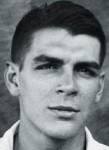
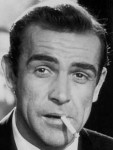
— Some say that Sean Connery parodied Che’s personality and adopted one of his ”looks” to create the movie character, James Bond, in the 1960s movie-series.*
No one ever suggested that Ronald Reagan used plastic surgery to make himself appear more Che-like. But look at Ronald’s before and after pictures. You decide.
* We investigated the assertion that Sean Connery’s James Bond is a caricature of Che Guevara. It turns out Billy Lee said this, and maybe a couple of his imaginary friends. The Editorial Board
Billy Lee’s Acknowledgement:
The most important source of information for this essay was Jon Lee Anderson‘s Che Guevara, a Revolutionary Life, published in 1997. The New York Times called it, the complete and definitive biography of Che Guevara.
I cut the disturbing cover off the book in order to read it (it scared me), and willed myself to peer through the negative colors its author used to paint Che’s portrait on its 780 pages. I believe I found the truth Anderson buried there.
Billy Lee

** October 24, 1963
I believe that there is no country in the world…where economic colonization, humiliation and exploitation were worse than in Cuba, in part owing to my country’s policies…. In the matter of the Batista regime, I am in agreement with the first Cuban revolutionaries. That is perfectly clear.
… In any case, the nations of Latin America are not going to attain justice and progress…through communist subversion. They won’t get there by…a Marxist dictatorship.
U.S. President John F. Kennedy
35th President of the United States
Assassinated November 22, 1963

